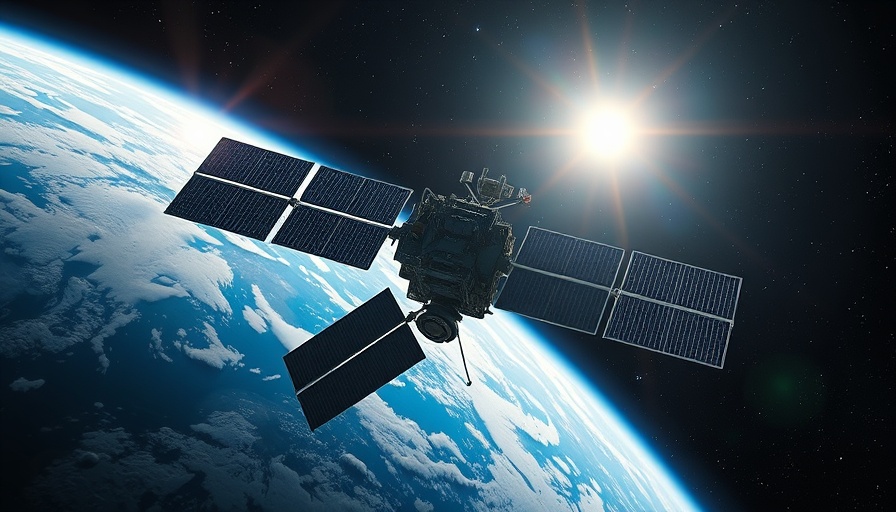
Microsoft’s AI Gamble: A Double-Edged Sword?
As Microsoft centers its strategy on artificial intelligence, it faces the dual challenge of driving innovation while managing significant job cuts. With over 6,000 positions eliminated in May 2025 and an additional 300 in June, the question arises: can this ambitious AI direction truly safeguard the workforce, or is it a risky maneuver that may result in further layoffs?
The Financial Gains From AI Investments
Microsoft is all-in on AI, earmarking a staggering $80 billion in 2025 for critical infrastructure enhancements and partnerships, notably with OpenAI. This aggressive investment has led to notable market successes. The company recently reported a 13% increase in revenue, reaching $70.1 billion in a single quarter. It's clear that AI is not just a buzzword for Microsoft; it has become integral to its growth story. Innovations like Copilot and Codex have empowered developers, reportedly handling up to 30% of code-writing tasks, with estimations suggesting this could rise to an astounding 95% by 2030.
The Human Cost of Automation
These advancements, while lucrative, come at an unsettling human cost. Reports indicate that a significant number of the job losses disproportionately affect software engineers—over 40% of layoffs in Washington state alone. For instance, a microcosm of this dilemma can be seen through the experiences of engineers like Jeff Hulse, a VP at Microsoft. His directive to his team was clear: leverage AI to produce 50% of their code. Ironically, many of those same team members faced layoffs shortly thereafter, highlighting a troubling trend where professionals who trained AI systems found themselves replaced by the very technologies they helped develop.
Industry-wide Implications: Microsoft Mirrors Tech Giants
Microsoft’s strategy resonates within broader tech industry trends. Similarly, companies such as Amazon, Google, and Meta have enacted job cuts, pointing to AI-driven efficiency as a driving factor. An alarming statistic from a recent New York Times report sheds light on the rising unemployment rate among recent graduates—a clear signal that entry-level positions are being increasingly automated out of existence. Microsoft's restructuring efforts reflect this shift, favoring investments in AI capabilities over traditional job roles.
Reskilling and Future Opportunities
Despite the daunting landscape presented by AI job cuts, there exists a silver lining—reskilling. The future success of Microsoft hinges on its ability to adapt its workforce to meet the emerging demands of AI-centric roles. Initiatives aimed at reskilling can open new doors for displaced workers, offering them pathways to remain relevant in a transformed job market. As we contemplate future job landscapes, the proactive management of this transition will be critical.
The Path Forward: Balancing Innovation and Employment
Can Microsoft’s AI push shield the company from further workforce reductions? The answer may lie in the balance it strikes between innovation and employment. As AI develops rapidly, it is imperative for companies to think strategically about the human element. By prioritizing reskilling, Microsoft could not only preserve jobs but also lead the charge in constructing a workforce that is ready and able to thrive in an AI-driven future.
 Add Row
Add Row  Add
Add 




Write A Comment